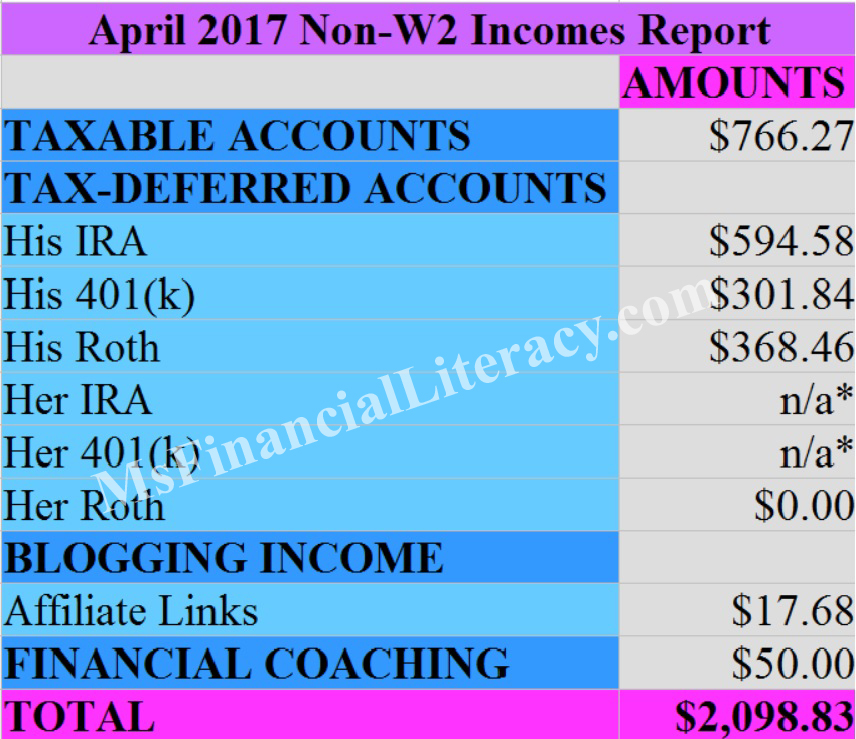Wishlist and Bucket List
Do you recall when you first started having a wishlist or bucket list? I didn’t have one until I was in my mid-20s. Before then, I didn’t desire much. I was simply happy just having the essentials or necessities. I understood my financial situation as a student. My mindset at the time was that my situation was temporary and wanted to focus my attention on doing well in my studies. I looked forward to the day when I finished school, secured a satisfying career and then start living the life of my dream.
What was the first item that made it to my wishlist? It was a Marc by Marc Jacobs crossbody bag. I saw that bag on a fashion magazine that I subscribed to at the time.
Around my 25th birthday, my husband and I visited Saks Fifth Avenue. When I saw that bag sitting on the shelf, I hesitated and started having second thoughts. The price tag was $249. It was a VERY expensive bag. My most expensive bag prior to that one costed me less than $30. My husband and I walked in circles around the store as I had a very hard time deciding if I wanted us to spend that kind of money. It was just a [beautiful] crossbody bag…After perhaps 45 minutes later, my then boyfriend was paying for the bag at the cashier register. And that was my first designer bag. From there, I went on to purchase couple Michael Kors bags.





